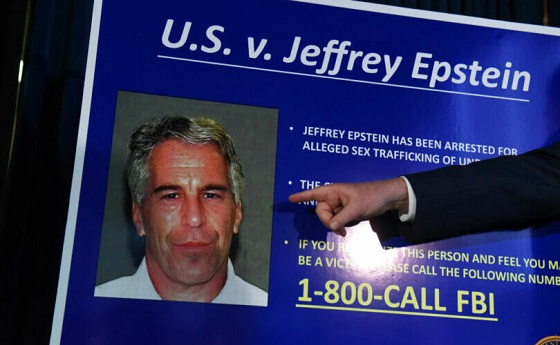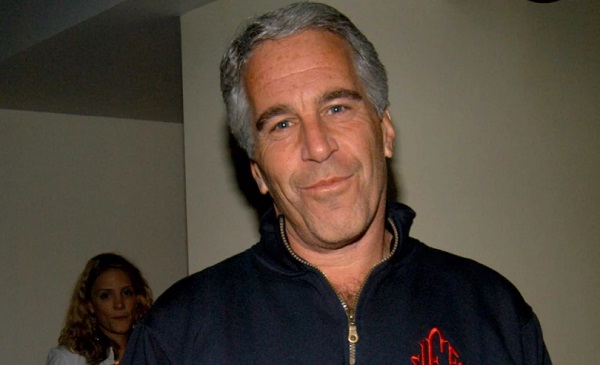Alberta
MB/SK/AB NeeStaNan Utilities Corridor: First Nations-led utility corridor is a 21st-century nation-building initiative
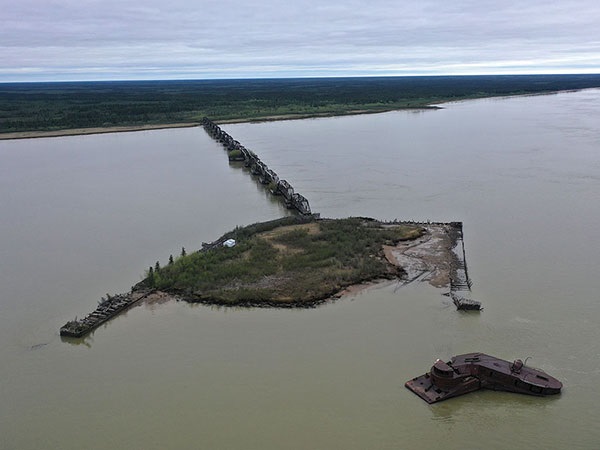
Port Nelson is 300 kilometres south of Churchill and has a longer ice-free season. In fact, a concrete jetty constructed (and never used) at Port Nelson nearly a hundred years ago remains in place.
From the Frontier Centre for Public Policy
By Terry Etam
“The trading of goods has been in our DNA as Indigenous People for centuries, but somewhere along the way this was lost. It’s time to regain our prosperity, for the betterment of our communities and for our country.” – NeeStaNan website
Ever feel like you’re being neglected by either governments or the various power centers that dominate life? The big places get all the attention, have all the votes, have all the buzz. In Canada, fewer than ten such centers dominate the country. If you’re not in one of those, you won’t know much political power, there won’t be much clout, there won’t be much of anything.
And if you want to know how far you can get from a circle of influence, consider Census Division No. 23, a great big administrative district in northern Manitoba. The size and ruggedness are mindboggling; No. 23 encompasses an area of 233,578 square km/90,185 square miles, six times the area of Switzerland, yet the region’s total population is 4,690. The population density, rounded to the nearest person-per-square km, is zero. If you round it to the nearest tenth of a square km, it is still zero.
It is extremely hard for people of regions like this to register on the national radar for any number of reasons, some of which are just logistical (remote location) and some of which are just rude realities (not much political capital up for grabs in No. 23).29dk2902l
The people of regions like this tend to be absent from all sorts of things, including resource development, even if it happens in these regions. Yes, there will be some local employment, and positive economic spinoffs, but nothing in the way of meaningful ownership or control.
But that may be about to change, for a significant swath of Manitoba, Saskatchewan, and the northeastern part of Alberta. Underway is the NeeStaNan utility corridor, stretching from northern Alberta through north-central Saskatchewan and on to the shores of Hudson Bay in Manitoba.
The significance of this corridor could be profound. It will provide tidewater access for landlocked western Canadian resources that otherwise need to travel to the west coast, or other less efficient routes. As one of the best examples, Saskatchewan must move potash to market via Vancouver, meaning a trip through the Rocky Mountains and on to the coast.
By utilizing the NeeStaNan utility corridor, potash will be able to move to large markets like Brazil far more efficiently. The distance to seawater via Hudson Bay is 630 km/390 miles less than by going through BC ports, and here’s the real economic kicker: the sea route to Brazil’s market is actually 3,800 km less than current routes. That’s almost 2,400 miles, for American friends and for old times’ sake.
The corridor is planned to enter Hudson Bay not at Churchill, but at a much more direct and accessible point called Port Nelson. Port Nelson is some 300 kilometres/180 miles south of Churchill (Hudson Bay is really freaking big) and has a longer ice-free season. In fact, a concrete jetty constructed (and never used) at Port Nelson nearly a hundred years ago remains in place. Port Nelson isn’t a new idea.
The utility corridor isn’t simply a project to enhance the wellbeing of the FN bands along the way, although it will most certainly do that. It is also far more grand in scope: the utility corridor will help Canada’s heartland deliver industrial products to global markets in a more efficient way, and provide the sort of efficiencies that can help multiple Canadian industries enhance global competitiveness, all the while providing an economic boost that is infinitely better than what locals and First Nations along the way have ever known.
Many industries could benefit, including the oil and gas sector, and I’m going to say that now before any legislation passes that makes it illegal. There is potential to utilize the corridor to move rail cargoes, pipelines, lumber, agricultural products, raw materials, manufactured goods… an endless array of the stuff that makes Canada wealthy.
The project is enormously captivating right from its very name. “NeeStaNan” translates as “all of us”. How cool is that; inclusiveness not under the guise some overwrought mandate, but in the sense that the project is being structured to benefit a great number of parties. The home page of the NeeStaNan website describes the project as a utility corridor “uniting Canadians”. Now, doesn’t that phrase sound far more powerful coming from the heartland, from people with skin in the game, as opposed to insincere platitudes thrown about like confetti on the campaign trail?
The utility corridor really could unite Canadians; it is a slingshot of vitality into Canada’s industrial base. It could benefit many critical industries, and open up new trade possibilities. It is a project designed to bring in many First Nations along the route that have very little to show for Canada’s development. It’s not a handout, it’s the opposite – a benefit to Canada and a great many Canadians.
Isn’t this what First Nations Self Determination should be about? Isn’t this a perfect dovetail with the interests of the people who live in these remote areas, who are the only ones there, and who deserve a say in how it is developed? Isn’t it amazing that it is a collaborative effort that by design will benefit industries that these First Nations have no direct stake in?
Isn’t it the best possible goal and achievement of all the efforts to bring First Nations fully into the Canadian matrix on a way that works for everyone, and that benefits everyone?
And who would be better than First Nations along the corridor’s path as the stewards of the corridor itself? Who knows the terrain better? I’ve been there, I grew up not in the path of the corridor but I could see it from a north facing window, and I’ll tell you it’s not territory for the faint of heart. Winters are brutal and long, summers are hot and buggy, and nature is relentless. Local expertise and wisdom would be invaluable.
I can’t really think of an infrastructure project of the past fifty years that could have such multi-dimensional benefits to so many Canadians. It is uplifting to see collaboration across many First Nations and the governments of three provinces. Ottawa may not like it, because the corridor is sure to empower an area of the country that has few votes to harvest, but that is all the more reason to get behind and support the project’s owners, organizers, and operators.
The NeeStaNan utility corridor might do more for a forgotten region of Canada, and its First Nations, than 150 years of federal government “help”. Let’s hope all three prairie provinces and the First Nations along the way bring the corridor into life and to its full potential.
Terry Etam is a columnist with the BOE Report, a leading energy industry newsletter based in Calgary. He is the author of The End of Fossil Fuel Insanity. You can watch his Policy on the Frontier session from May 5, 2022 here.
Alberta
Alberta school boards required to meet new standards for school library materials with regard to sexual content

Alberta’s government has introduced new standards to ensure school library materials are age-appropriate.
School libraries should be safe and supportive places where students can learn and explore without being exposed to inappropriate sexual content. However, in the absence of a consistent standard for selecting age-appropriate library materials, school boards have taken different approaches, leading to concerns about safeguards in place.
In response to these concerns, and informed by feedback from education partners and the public, Alberta’s government has created standards to provide school boards with clear direction on the selection, availability and access to school library materials, such as books.
“Our actions to ensure that materials in school libraries don’t expose children to sexual content were never about banning books. These new standards are to ensure that school boards have clear guidance to ensure age-appropriate access to school library materials, while reflecting the values and priorities of Albertans.”
The new standards set clear expectations for school library materials with regard to sexual content and require school boards to implement policies to support these standards.
Standards for school library materials
Under the new standards, school libraries are not permitted to include library materials containing explicit sexual content. Non-explicit sexual content may be accessible to students in Grade 10 and above, provided it is age-appropriate.
“Protecting kids from explicit content is common sense. LGBTQ youth, like all children, deserve to see themselves in stories that are age-appropriate, supportive and affirming – not in material that sexualizes or confuses them.”
School boards must also regularly review their school library collections, publish a full list of available materials and ensure that a staff member supervises students’ access to school library materials. School boards will have to remove any materials with explicit sexual content from their school libraries by October 1.
School board policies and procedures
All school boards must have publicly available policies that align with the new standards for selecting and managing library materials by January 1, 2026. School boards can either create new policies or update existing ones to meet these requirements.
These policies must outline how school library materials are selected and reviewed, how staff supervise students’ access throughout the school day, and how a student, parent, school board employee or other member of the school community can request a review or removal of materials in the school library. School boards are also required to clearly communicate these policies to employees, students and parents before January 2026.
“A robust, grade- and age-appropriate library catalogue is vital for student success. We welcome the ministry’s initiative to establish consistent standards and appreciate the ongoing consultation to help craft a plan that will serve our families and communities well.”
“Red Deer Public Schools welcomes the new provincial standards for school library materials. Our division is committed to maintaining welcoming, respectful learning spaces where students can grow and thrive. Under the new standards for school libraries, we remain dedicated to providing learning resources that reflect our values and support student success.”
Quick facts
- The new standards will apply to public, separate, francophone, charter and independent schools.
- The ministerial order does not apply to municipal libraries located within schools or materials selected for use by teachers as learning and teaching resources.
- From May 26 to June 6, almost 80,000 people completed an online survey to provide feedback on the creation of consistent standards to ensure the age-appropriateness of materials available to students in school libraries.
Related information
- Ministerial Order
- School library standards engagement
- Reference Materials: Content warning: this document contains graphic content that may be disturbing to viewers and is not appropriate for young viewers. Viewer discretion is advised.
Alberta
Fourteen regional advisory councils will shape health care planning and delivery in Alberta

Regional health councils give Albertans a voice
Albertans want a health care system that reflects where they live and adapts to the unique needs of their communities. As part of the province’s health care refocus, Alberta’s government committed to strengthening community voices by providing more opportunities for Albertans to bring forward their local priorities and offer input on how to improve the system.
The regional advisory councils, made up of 150 members from 71 communities, will advise Alberta’s four health ministries and the newly refocused health agencies: Primary Care Alberta, Acute Care Alberta, Assisted Living Alberta and Recovery Alberta. Each council will explore solutions to local challenges and identify opportunities for the health system to better support community decision-making.
“By hearing first-hand community feedback directly, we can build a system that is more responsive, more inclusive and ultimately more effective for everyone. I am looking forward to hearing the councils’ insights, perspectives and solutions to improve health care in all corners of our province.”
“Regional advisory councils will strengthen acute care by giving communities a direct voice. Their insights will help us address local needs, improve patient outcomes and ensure timely access to hospital services.”
“A ‘one-size-fits-all’ approach does not address unique regional needs when it comes to mental health and addiction challenges. These councils will help us hear directly from communities, allowing us to tailor supports and services to meet the needs of Albertans where they are.”
“Every community has unique needs, especially when it comes to seniors and vulnerable populations. These regional advisory councils will help us better understand those needs and ensure that assisted living services are shaped by the people who rely on them.”
Members include Albertans from all walks of life, health care workers, community leaders, Indigenous and municipal representatives, and others with a strong tie to their region. About one-third of members work in health care, and more than half of the council chairs are health professionals. Almost one-quarter are elected municipal officials, including 10 serving as chairs or vice-chairs. Ten councils also include a representative from a local health foundation.
Council members will share local and regional perspectives on health care services, planning and priorities to help ensure decisions reflect the realities of their communities. By engaging with residents, providers and organizations, they will gather feedback, identify challenges and bring forward ideas that may not otherwise reach government.
Through collaboration and community-informed solutions, members will help make the health system more responsive, accessible and better able to meet the needs of Albertans across the province.
“As Primary Care Alberta works to improve access to primary health care services and programs across Alberta, we are grateful to have the opportunity to tap into a dedicated group of community leaders and representatives. These people know their communities and local needs, and we look forward to learning from their experiences and knowledge as we shape the future of primary care in Alberta.”
“The regional advisory councils will help to bring forward the voices of patients, families and front-line providers from every corner of Alberta. Their insights will help us plan smarter and deliver care that’s timely, effective and truly local. We look forward to working closely with them to strengthen hospital and surgical services across the province.”
“Nobody understands the health care challenges unique to a community better than the people who live there. The regional health advisory councils are made up of those living and working on the front lines across the province, ensuring we are getting the perspective of Albertans most affected by our health care system.”
“Alongside Recovery Alberta’s staff and physician team, these regional advisory councils will build upon the high standard of mental health, addiction and correctional health services delivered in Alberta.”
Indigenous Advisory Council
Alberta’s government continues to work directly with Indigenous leaders across the province to establish the Indigenous Advisory Council to strengthen health care services for First Nation, Métis and Inuit communities.
With up to 22 members, including Indigenous health care workers, community leaders and individuals receiving health care services, the council will represent diverse perspectives across Alberta. Members will provide community perspectives about clinical service planning, capital projects, workforce development and cultural integration in health care.
Related information
-

 Also Interesting2 days ago
Also Interesting2 days ago9 Things You Should Know About PK/PD in Drug Research
-

 Business2 days ago
Business2 days ago‘Experts’ Warned Free Markets Would Ruin Argentina — Looks Like They Were Dead Wrong
-

 Business2 days ago
Business2 days agoCannabis Legalization Is Starting to Look Like a Really Dumb Idea
-

 Bruce Dowbiggin1 day ago
Bruce Dowbiggin1 day agoThe Covid 19 Disaster: When Do We Get The Apologies?
-
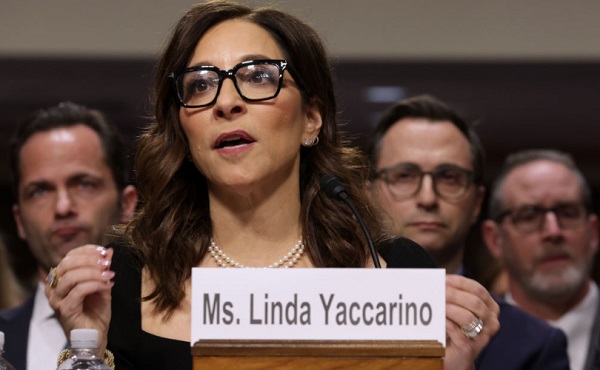
 Business2 days ago
Business2 days agoWEF-linked Linda Yaccarino to step down as CEO of X
-
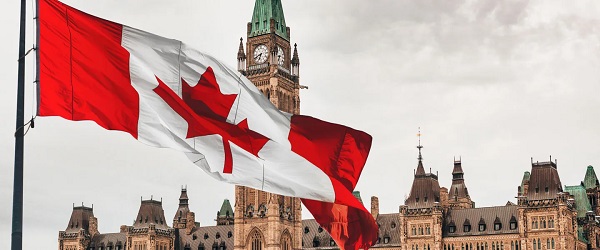
 Business1 day ago
Business1 day agoCarney government should recognize that private sector drives Canada’s economy
-

 Media1 day ago
Media1 day agoCBC journalist quits, accuses outlet of anti-Conservative bias and censorship
-

 Automotive2 days ago
Automotive2 days agoAmerica’s EV Industry Must Now Compete On A Level Playing Field



